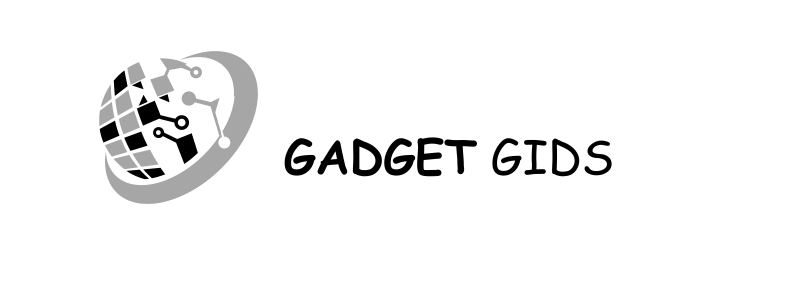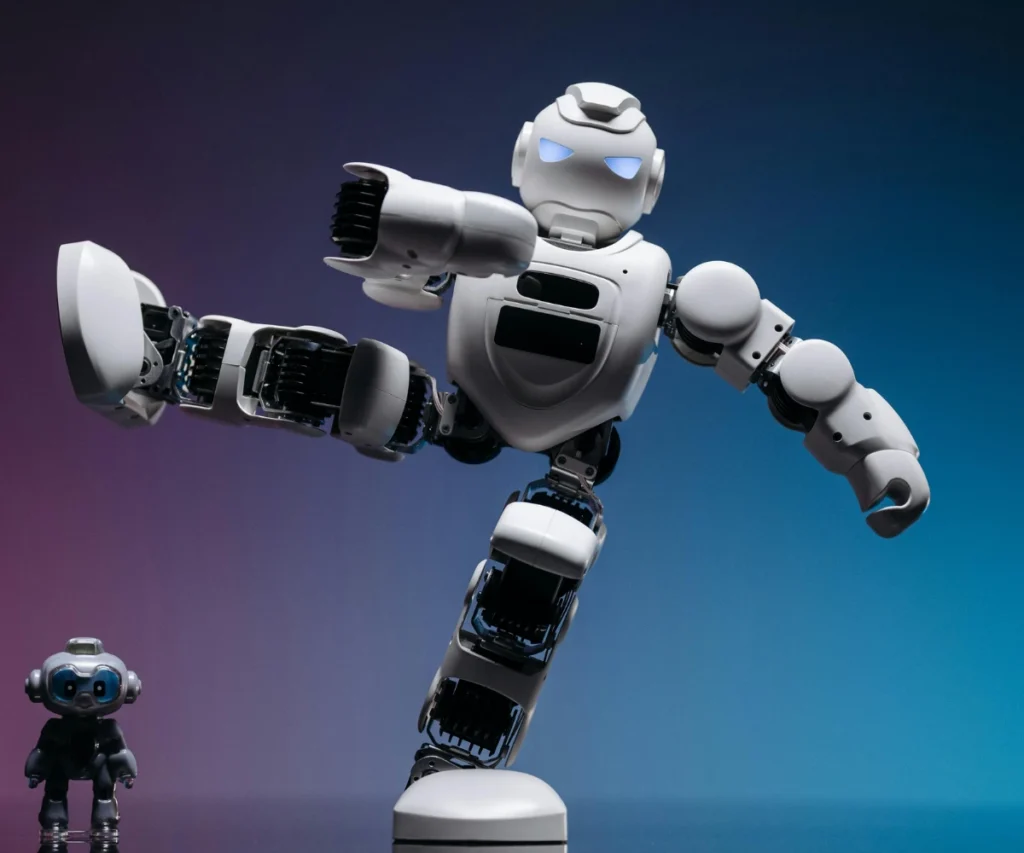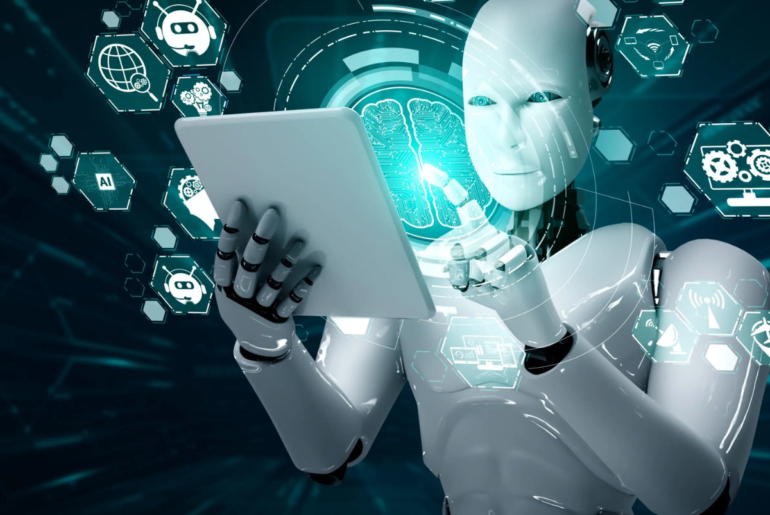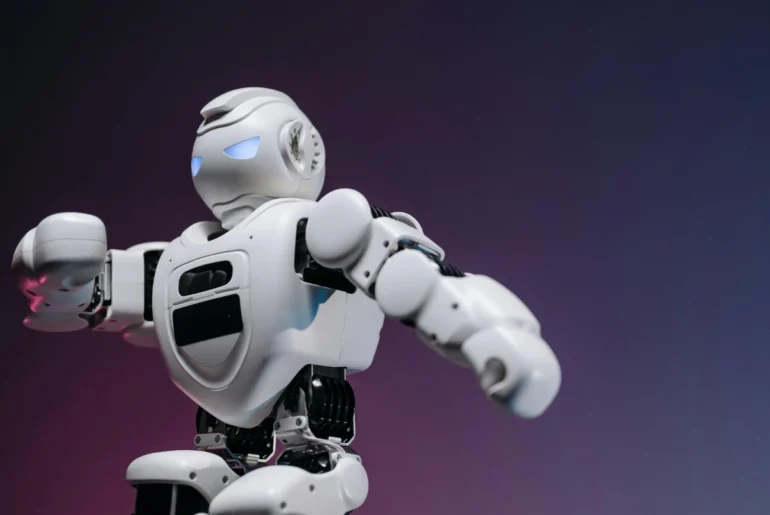Chatbots are digital assistants created with real-time interaction functionality, helping information seekers and answering a wide range of questions or even more complex tasks. The tech that powers these tools allows businesses to streamline communication and ensure 24/7 customer service, providing efficient, instant answers on time.
For further reading on Tech, visit Gadget Gids.
Exploring the Future of Chatbots: Key Technologies Shaping Customer Interaction
Evolution of Chatbot Technology
Modern-day chatbots are far from keyword-activated, simple bots but relatively informed assistants. Chatbot key technologies, such as AI and machine learning, empower the chatbots to understand the context and intent, thus making them more accurate and fluent in interactions while creating a human-like experience.
Core Technologies Behind Chatbots
Natural Language Processing (NLP)
NLP is a core chatbot technology that enables bots to understand human language. It analyzes structure, sentiment, and intent to make the chatbot’s conversations more natural, improving the user experience.
Machine Learning and Artificial Intelligence
Machine learning and AI are in the core chatbot key technology, which can learn from earlier interactions and become better at returning responses. Those technologies help chatbots handle more complicated queries and develop according to a user’s preference, making the bots more effective over time.
Deep Learning and Neural Networks
Deep learning employs neural networks that process intricate data patterns, allowing chatbots to better capture and respond in context to the types of user inputs they receive. This key tech of this chatbot enhances the naturalness and intelligence of these conversions, making bots more intelligent and adaptive.
Types of Chatbots
Rule-Based Chatbots
Rule-based chatbots follow a script to respond to user input. These bots use key tech in chatbots to handle simple, repetitive tasks but are not flexible or adaptable to complex queries.
AI-Powered Chatbots
AI-powered chatbots utilize machine learning and NLP to respond dynamically to user inputs. Using chatbot key tech, these bots understand context and intent and, therefore, are much better at answering a wide variety of questions with personalized responses.
Hybrid Models
Hybrid chatbots marry rule-based techniques to AI. Such chatbots ensure the best benefits by using chatbot key tech to deliver an answer within moments for straightforward inquiries and adjust dynamically to complex queries using AI, ensuring efficiency and adaptability.
Key Components of Chatbot Architecture
User Interface (UI)
The chatbot UI is the user’s point of interaction. Well-designed UI, powered by chatbot key tech, ensures that users can easily communicate with bots through clear, responsive, and intuitive interfaces, making the interaction seamless.
Backend Integration
It links the chatbot to databases and APIs, giving it access to real-time data and the performance of tasks. This key technology in a chatbot enhances the bot’s ability to deliver relevant, up-to-date information on user queries.
Dialog Management
This ensures smooth, context-aware conversations through dialogue management. With chatbot key tech, this module allows a chatbot to remember previous conversations and thus can provide more relevant responses through developing the conversation.
Natural Language Understanding (NLU)
NLU is an integral part of the key tech of chatbots that enables bots to understand and interpret user input. It breaks down language and identifies intent, thus allowing chatbots to respond accurately even to varied phrasing and complex queries.
Natural Language Generation (NLG)
the tech NLG key in the chatbot enables bots to create human-like responses. Utilizing NLG, chatbots can create intelligible, relevant answers that do not sound stiff, furthering user involvement and satisfaction.
Applications of Chatbot Technologies
Customer Support and Service
With the help of key chatbot technologies, chatbots automate responses, provide round-the-clock customer services, answer the most frequently asked questions, and deal with simple tasks, making the system efficient and user-friendly.
E-commerce and Sales
E-commerce businesses employ chatbot key tech to aid customers in product recommendations while guiding them in purchasing. This improves the shopping experience, increases sales, and minimizes cart abandonment.
Healthcare
In healthcare, chatbots rely on chatbot key tech to deliver information on symptoms and essential health advice. Even though they don’t replace medical professionals, they help alleviate the burden on healthcare providers while providing quick support.
Education
Chatbots in education can be key tools for tutoring and study support. They can provide answers to questions, sources of information, and real-time engagement. All of these enhance learning through remote access.
Entertainment
Entertainment companies use the key tech in chatbots to engage users in interactive content like games or storytelling. This can be more immersive and personalized, ensuring audiences return for more.
Challenges in Chatbot Development
Handling Ambiguity and Context
Notable challenges in chatbot key tech include handling ambiguous language and maintaining contexts. With the advancement of NLP and AI, it is still possible for chatbots to misinterpret subtle nuances and suddenly switch topics in conversation.
Ensuring Data Privacy and Security
Data security will be a significant concern in key tech chatbots. Chatbots must adhere to privacy regulations. They must ensure that users’ data will be protected via encryption and all other security measures to gain user trust and avoid data breaches.
Managing User Expectations
Users expect chatbots to behave like human agents, but key tech in chatbots is still far from perfect. Businesses must manage expectations by clearly outlining what the chatbot can do and offering human escalation when required.
Addressing Ethical Considerations
Ethical issues in chatbot key tech involve avoiding bias and ensuring fairness and transparency. Bots should be continuously tested so that discrimination can be prevented and AI can be used responsibly.
Future Trends in Chatbot Technologies
Advancements in NLP and AI
Future Chatbot Key Tech will present more advanced capabilities for NLP and AI, further elevating their perception of complex language and nuanced interactions, making chatbots more human in their natural conversations.
Integration with IoT Devices
Chatbots will integrate with IoT devices so users can control smart devices by conversing. This is the way that would make their role more integral to everyday life, as well as make them more integral to innovative ecosystems.
Multimodal Interactions
Multimodal interactions in the future will be a key tech of chatbots, as they can use text, voice, and even visuals to communicate with users. It will allow more flexibility in user interaction with bots, improving overall engagement.
Personalization and Context-Aware Responses
As key chatbot tech advances, the bots will become highly personalized and contextual. Chatbots will provide far more relevant experiences and tailored outcomes by remembering past interactions and adapting the responses, improving user satisfaction.
Conclusion
This revolutionized customer interaction with chatbots regarding communication efficiency and personalized service delivery. Prospects are immense, given that AI, NLP, and multimodal capabilities are continually advancing; it will lead to greater integration of chatbots in daily life and give businesses tools to improve customer relationships and optimize their operations.
FAQs
1. What is chatbot key tech?
Chatbot key tech refers to the core technologies, including AI, machine learning, and NLP, responsible for a chatbot’s ability to understand, learn, and intelligently respond to user interactions.
2. How do chatbots improve customer service?
Customer service is improved by providing 24/7 support, answering the most frequently asked questions, automating repetitive tasks, and providing more accurate context-aware responses for complex queries.
3. What are the benefits of using AI-powered chatbots?
AI-powered chatbots allow for personalized interaction with users, adaptation to changing needs over time, handling complex queries, and reducing the need for human intervention to improve efficiency and customer satisfaction.





